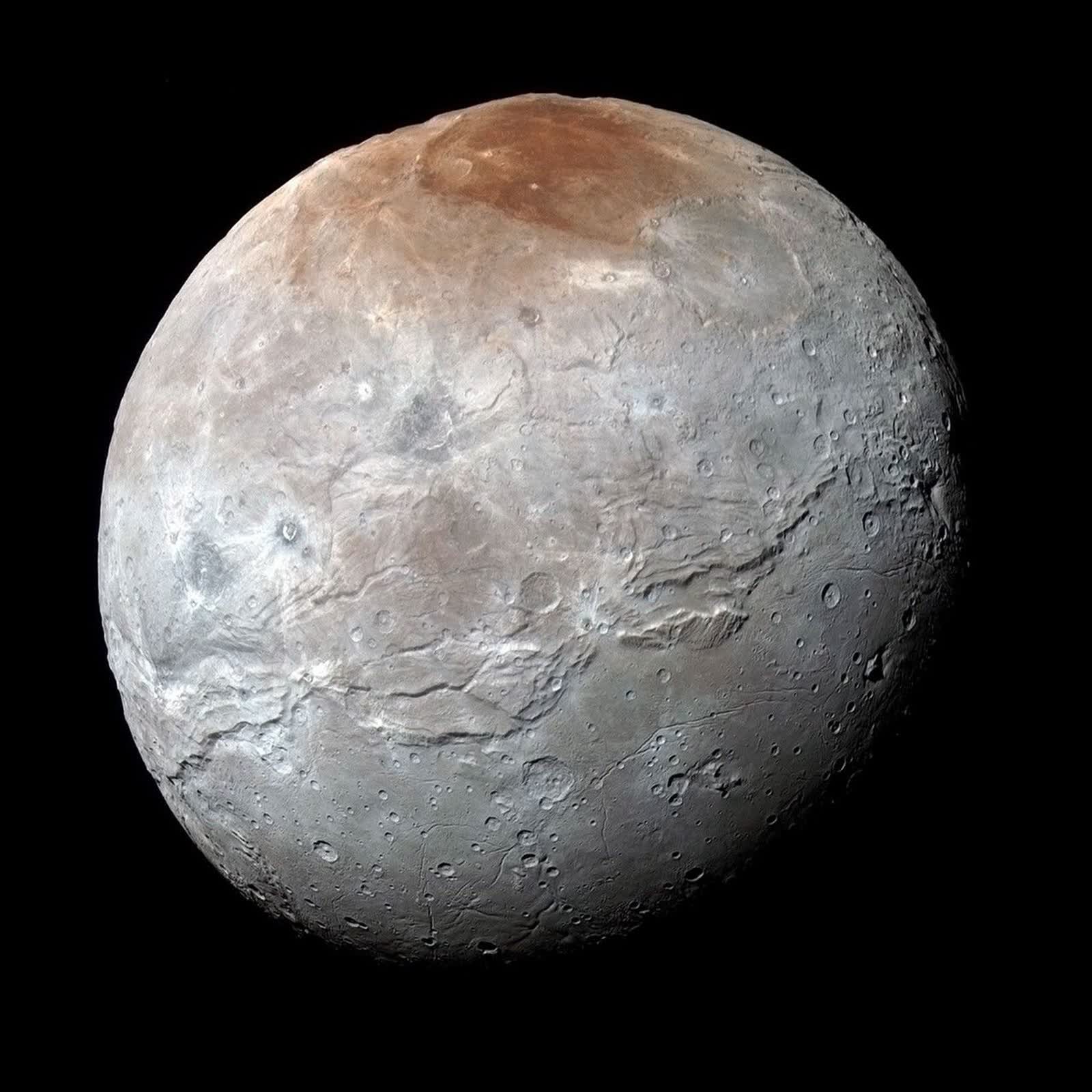What just happened? For those following the development of the James Webb Space Telescope, it felt like it took forever to launch. However, it was worth the wait. The JWST provides views of light dating back to the Cosmic Dawn. It is also helpful in studying bodies closer to home.
Scientists recently detected carbon dioxide and hydrogen peroxide on the frozen surface of Charon, Pluto's largest moon. The researchers conducted the survey using the James Webb Space Telescope (JWST). The discovery offers new insights into the formation of icy bodies at the edge of our solar system.
Charon, a mid-sized body approximately 750 miles wide, has been the subject of extensive research since its discovery in 1978. However, previous studies could only analyze a limited light spectrum, leaving gaps in our understanding of its surface composition.
"Our research reveals that Charon's surface preserves evidence of its formation through the presence of carbon dioxide, as well as signs of irradiation processes, indicated by the presence of hydrogen peroxide," Dr. Silvia Protopapa of the Southwest Research Institute (SwRI), who led the research team, told Space. "These discoveries expand Charon's known compositional inventory, which includes water ice, ammonia-bearing species and organic materials responsible for its gray and red coloration."
Charon's location in the Kuiper Belt, a region of icy debris beyond Neptune's orbit, makes it a valuable subject for studying the outer solar system. Unlike larger objects in this region, Charon's surface is not obscured by volatile ices like methane, providing scientists with a clearer view of its composition and the effects of environmental processes.
Researchers had long suspected that there was carbon dioxide on Charon's surface.
"The detection of carbon dioxide was a satisfying confirmation of our expectations," Protopapa said. "Our preferred interpretation is that the upper layer of carbon dioxide originates from the interior and has been exposed to the surface through cratering events."
However, the research team was surprised to discover the presence of hydrogen peroxide. It suggests that various forms of radiation, including ultraviolet light from the sun and energetic particles from the solar wind, actively alter Charon's water-ice-rich surface. The findings provide valuable insights into how sunlight exposure and cratering shape the surface of Charon and, by extension, other mid-sized icy bodies beyond Neptune's orbit.
The JWST team will continue studying Charon, with scientists hoping to uncover more about its composition and history. Future observations targeting the spectral gaps not covered in the current data could lead to new Charon discoveries and further expand its chemical inventory, possibly revealing other mechanisms at play.
Those interested can find the team's fascinating research in Nature Communications.
